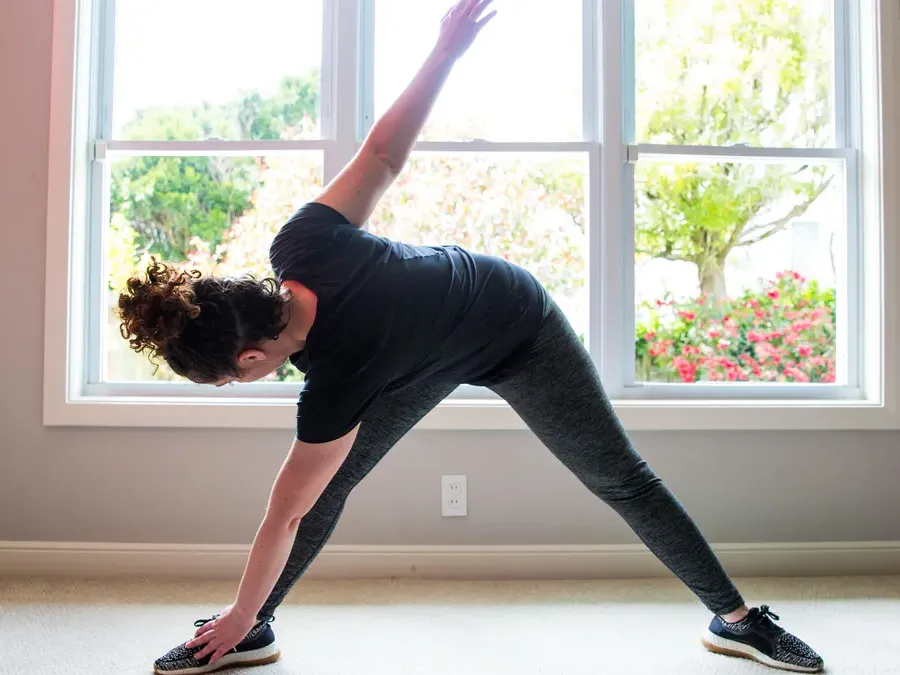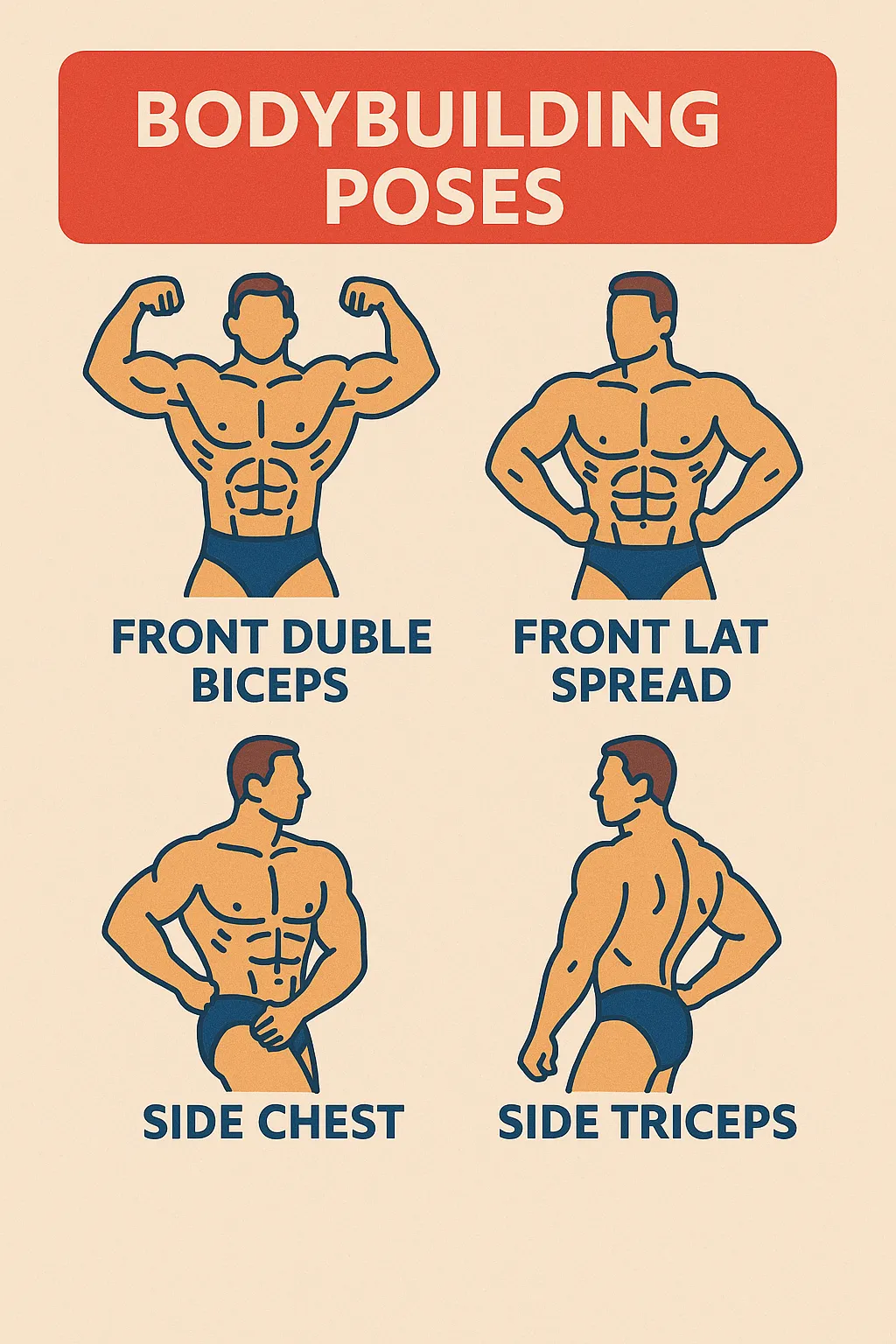Vaginismus is a condition of involuntary spasmodic pelvic floor contraction, making penetration of the vagina not possible or painful and not feasible.
Most people with vaginismus experience the following symptoms: difficulty or pain inserting tampons, undergoing gynecological examinations, or having penetrative intercourse.

Therapy and Treatment Options
Therapy by a pelvic surgeon is one treatment option for vaginismus. Exercise to train the pelvic floor helps relax the muscles of the vagina. Using vaginal dilators or a patented pelvic wand can also treat tightness in the vaginal canal and the muscles of the pelvic floor.
Pelvic Floor Exercises Assist With Coordination and Control
Practicing coordination and control of the pelvic floor muscles is a critical aspect of managing vaginismus. These skills need to be developed through regular practice.
You can perform these stretches and exercises daily to help treat vaginismus from home, easily integrating them into your daily routine. The exercises and stretches below help treat vaginismus, and the use of breathing techniques is beneficial.
How to Treat Vaginismus at Home
Pelvic exercises are one of the home cures for vaginismus since they help relax and then retract pelvic and vaginal muscles. Some of the strongest pelvic exercises for healing vaginismus include:
1. Pelvic Floor Breathing
Start by reclining on your back with legs straight out or supported on 1-2 pillows if lying flat is uncomfortable. Direct your attention to your breathing pattern and concentrate on filling the belly and rib cage.
Visualize them slowly lifting up and out, like an umbrella opening when inhaling. During the exhale, slowly release the ribs and belly back to their resting position.
Moving On With Each Exercise
To proceed with this exercise, continue the same breathing pattern and pay attention to your pelvic floor. This diamond-shaped cluster of muscles lies between your tailbone and pubic bone from back to front and between your sits bones side to side.
On inhalation, be mindful of how the pelvic floor falls downward, and on exhalation, how it ascends back upwards. This motion is very minute, and you might notice the sensation of the tailbone tilting toward the ground upon inhalation and moving off the ground upon exhalation.
You can also perform this exercise while sitting on a firm chair, which can provide feedback to enhance the sensation of the pelvic floor movement. Maintain this relaxed pattern of breathing for two minutes.
2. Pelvic Floor Drop
This exercise provides a gentle stretch and increases overall pelvic floor mobility. The pelvic floor drop helps relax and open the pelvic floor during bowel movements or penetration, such as inserting a tampon or having sex.
To do this exercise, either lie on your back or sit up straight in a firm chair. Use a deep breathing pattern to assist with the exercise. Breathe in deeply and attempt to bear down as if you were passing gas, then breathe out and allow the pelvic floor to rest.
If bearing down is difficult, imagine inhaling as if you were trying to lay an egg or blow a bubble of bubble gum out of the vaginal outlet. Find the imagery that works best for you. Perform this exercise 20-30 times, 1-2 times a day.
3. Piriformis Stretch
Begin on your back. Cross your right ankle over your left knee and press your right knee towards your body. For an added stretch, lift your left foot from the ground and bring the knee up toward your chest.
Repeat on the other leg. Hold this stretch for 30-60 seconds and repeat on both legs for three repetitions.
4. Child’s Pose
Begin on your knees and push your hips back toward your heels softly. Then, fold forward with arms extended over your head and breathe into your pelvic floor and the back of your rib cage.
You can use a pillow in the front fold of your hips or the back fold of your knees for additional support or to modify the stretch. Hold this position for 2-3 minutes.
5. Happy Baby
Begin by reclining on your back. Draw your knees to your chest and take hold of your big toes. Gradually straighten out your knees and push your feet toward the ceiling. If you have tight hamstrings or hips, use a towel or yoga strap behind your knees to extend your reach.
Maintain this position, breathe deeply, and allow the pelvic floor to release. Hold for 2-3 minutes.
6. Deep Squat
Stand next to a firm and stable object for balance, such as a kitchen counter, a banister, or a stable chair.
Holding onto the back of the chair or counter, press your hips backward and lower yourself into a deep squat. Breathe deeply into your rib cage and imagine releasing the pelvic floor downward, as in the previous exercises. Hold for 1-2 minutes.
How Does a Vaginal Dilator Work?
If the vaginal muscles are tight, a dilator helps relax and open the vaginal canal and entrance. You can use it at your own pace, gradually increasing size and length as your comfort level builds over time.
There are several articles on our website regarding how to stretch your vagina. Dilators prepare vaginal tissue and muscles to relax and expand, activating blood flow and flexibility in the area while calming the nerves involved in sex.
Additionally, dilators help women feel more emotionally at ease with penetration, increasing comfort levels step by step in the privacy of their own homes. This overall process helps improve self-esteem and relaxation.
Additional Recommendations
Vaginismus exercises are only part of overcoming the condition. Other devices, such as vaginal dilators or a vaginal wand, are helpful.
It is also wise to request an evaluation by a trained pelvic physical therapist to develop a comprehensive and personalized plan to help you reach your goals.







